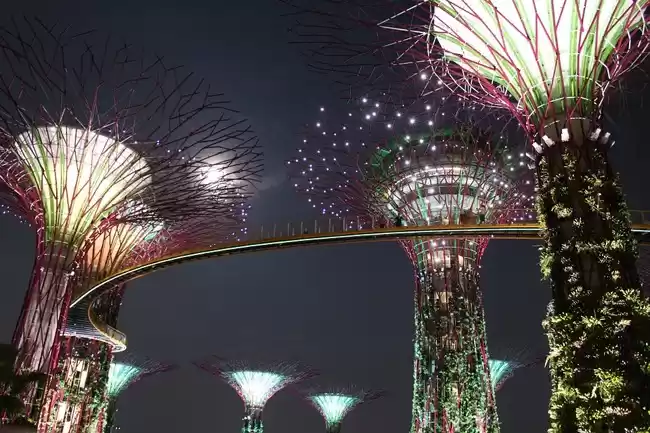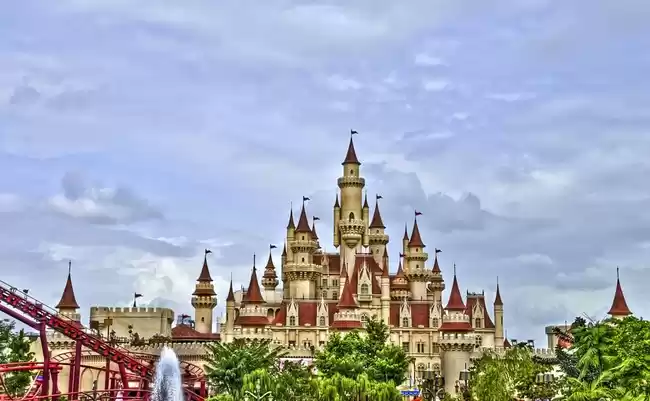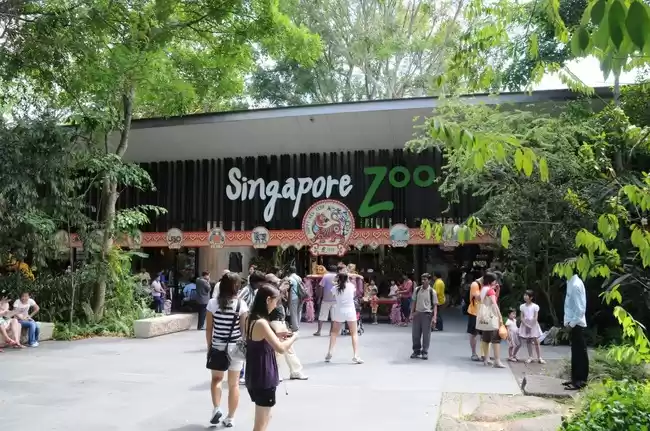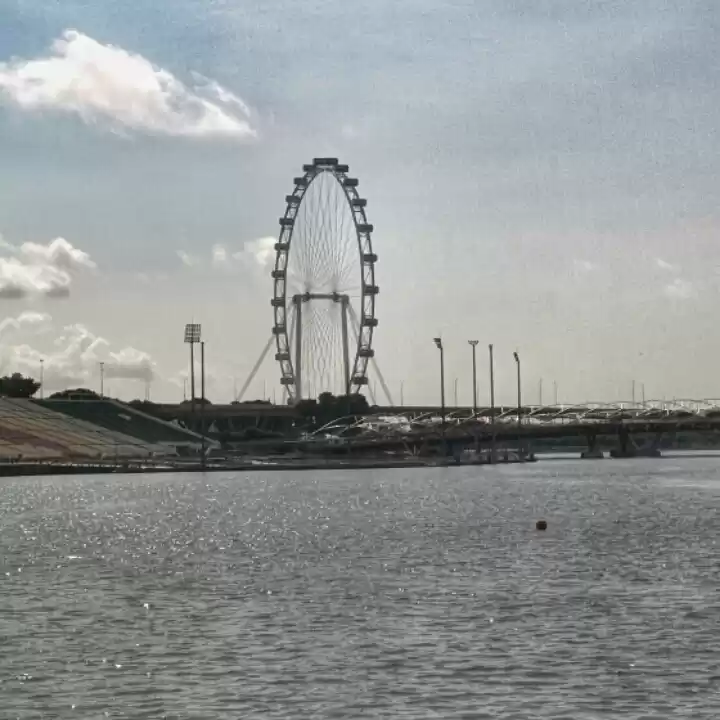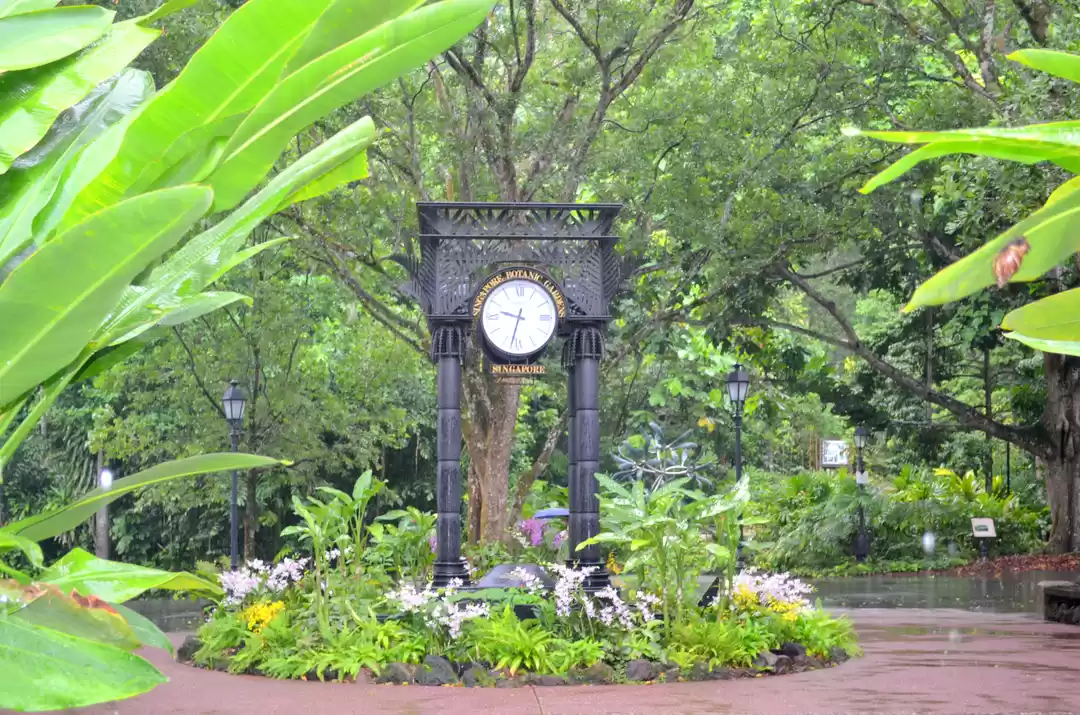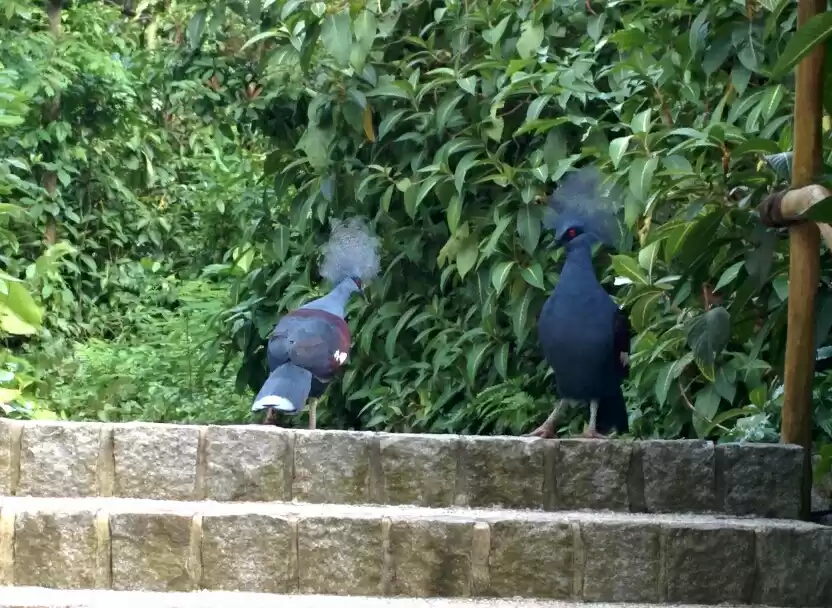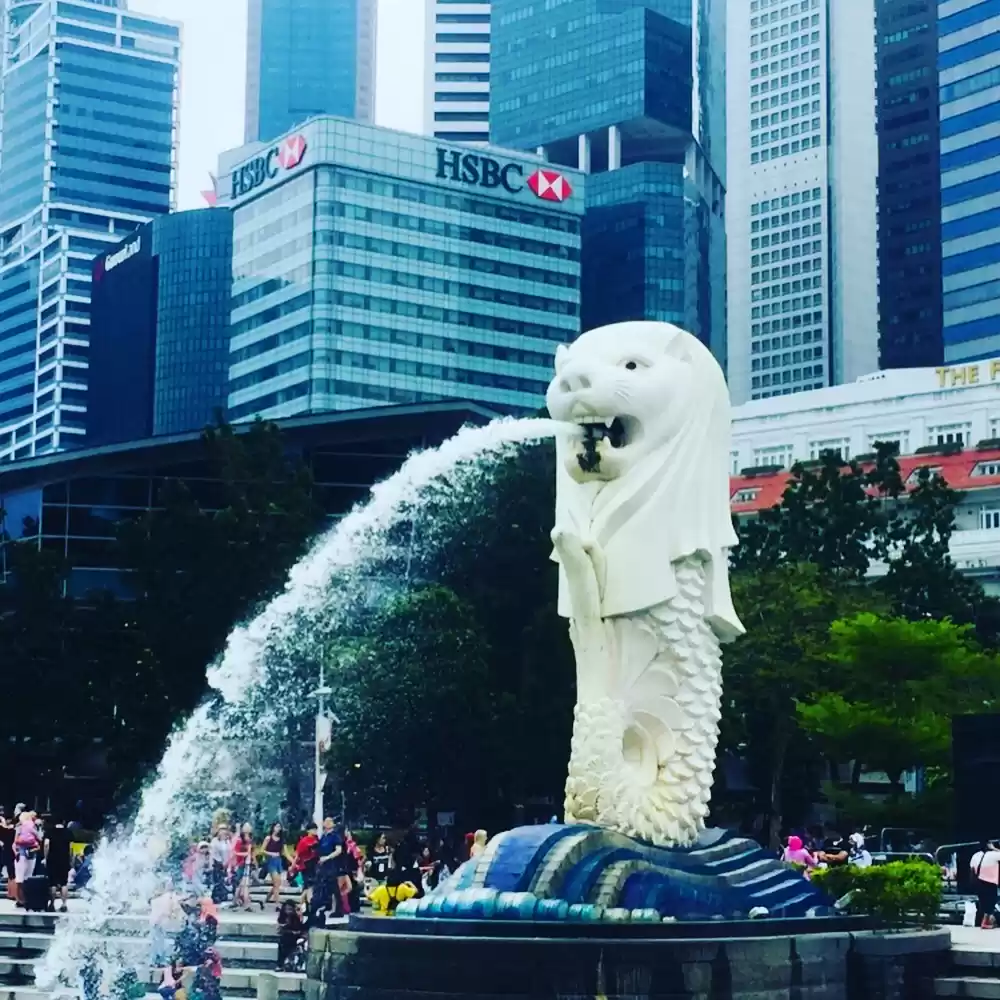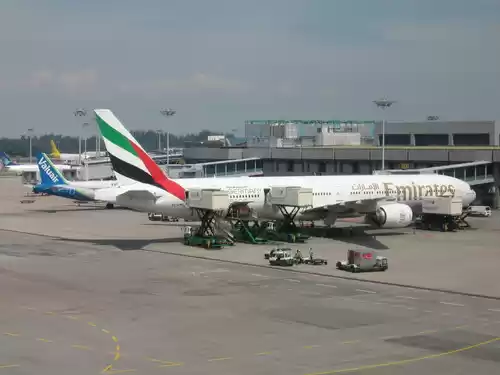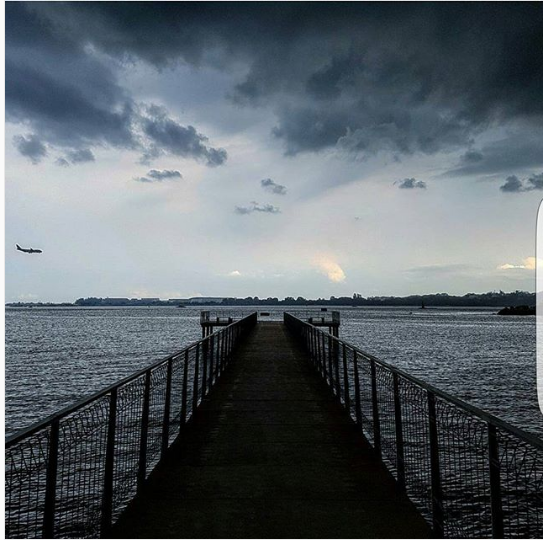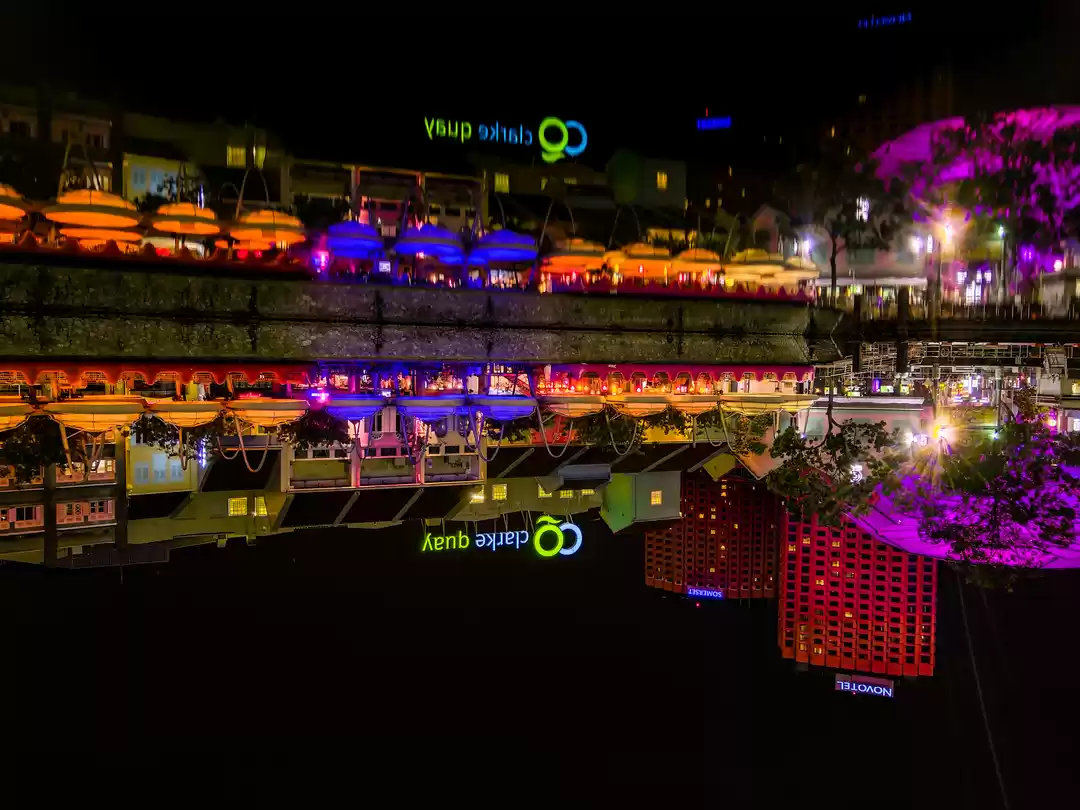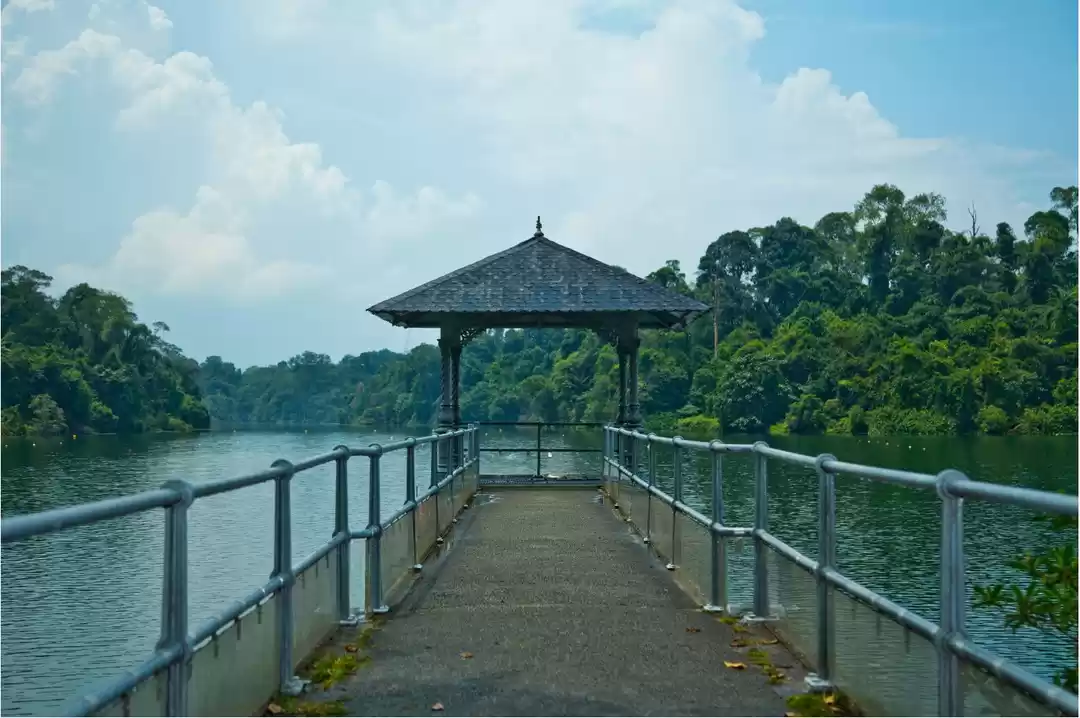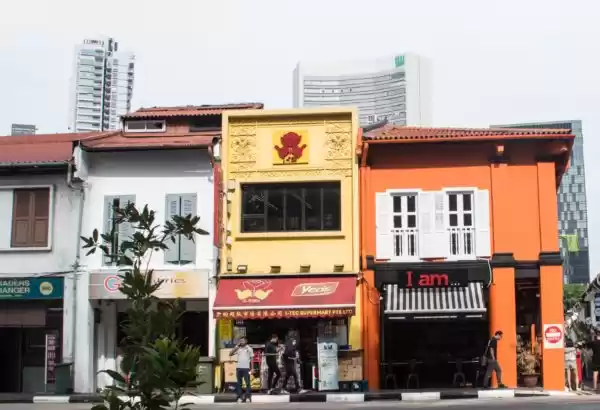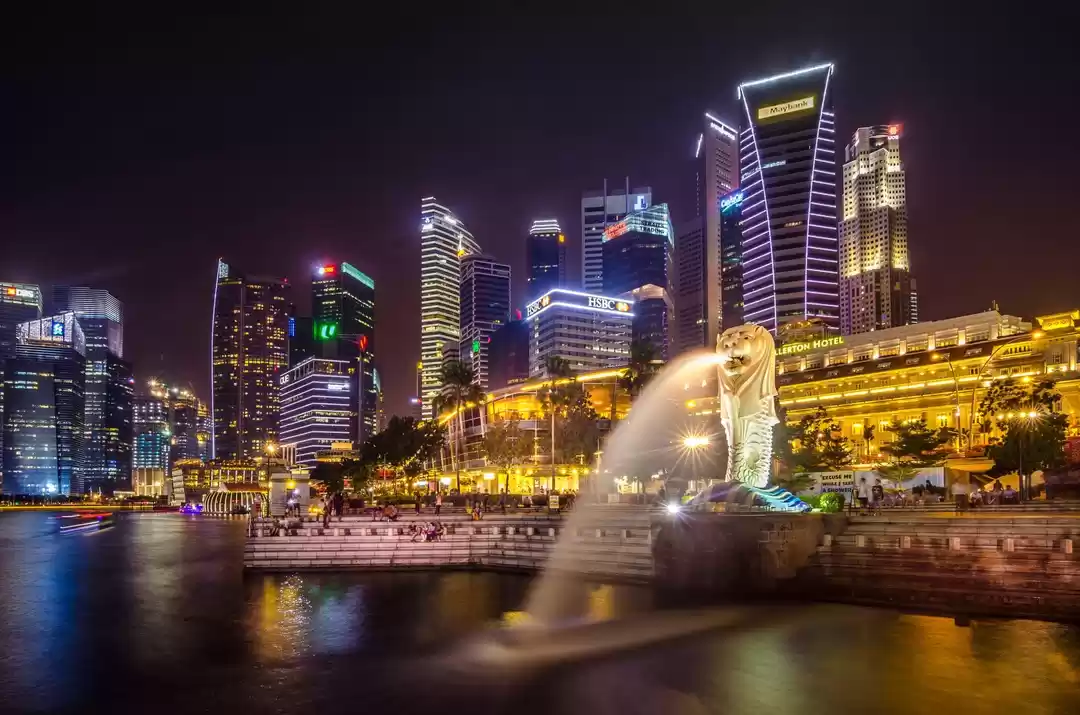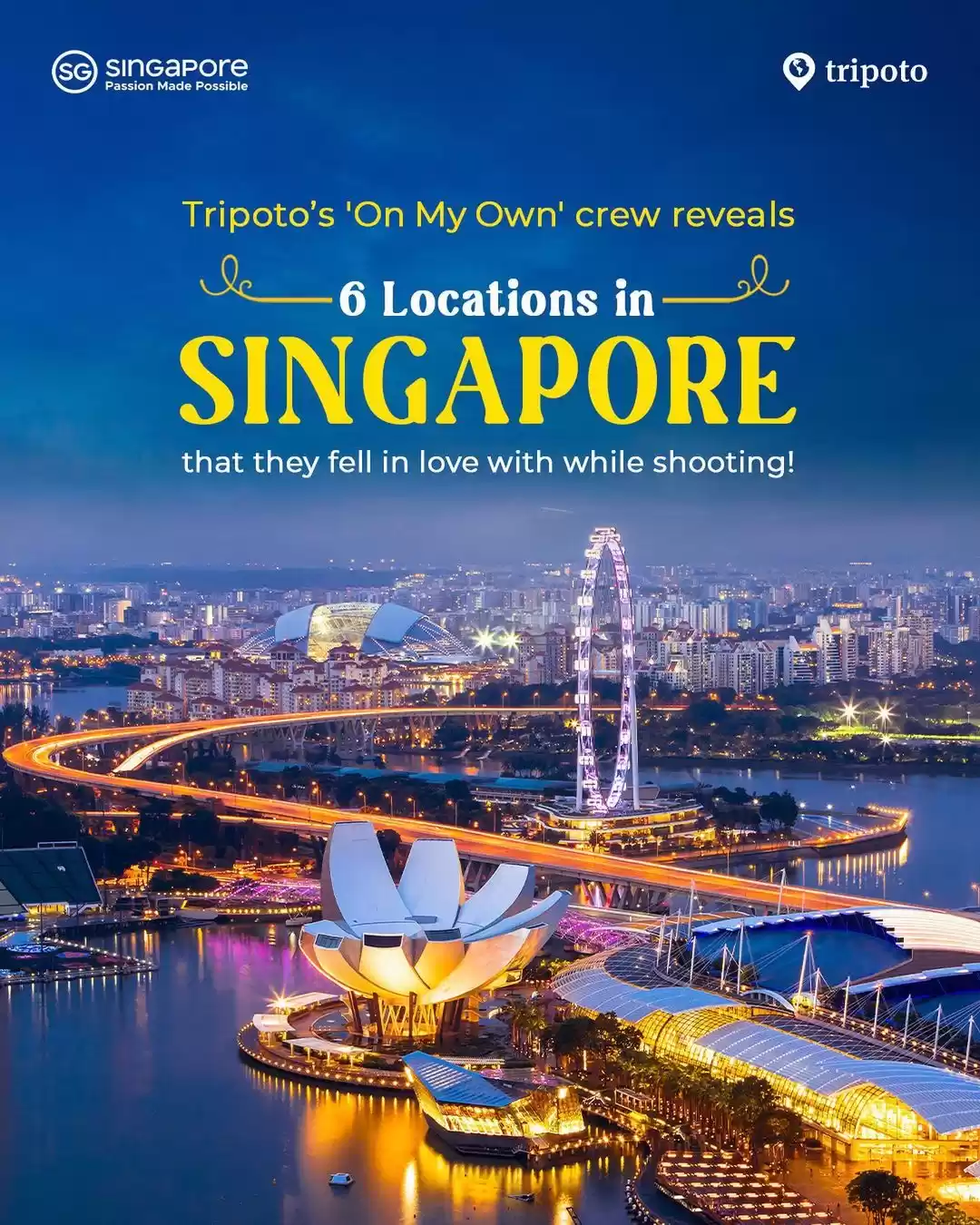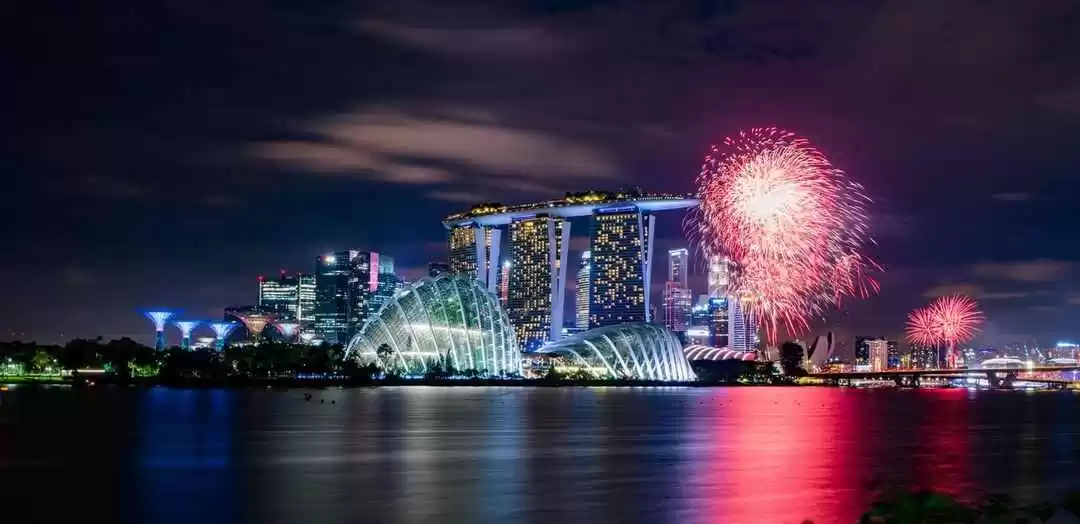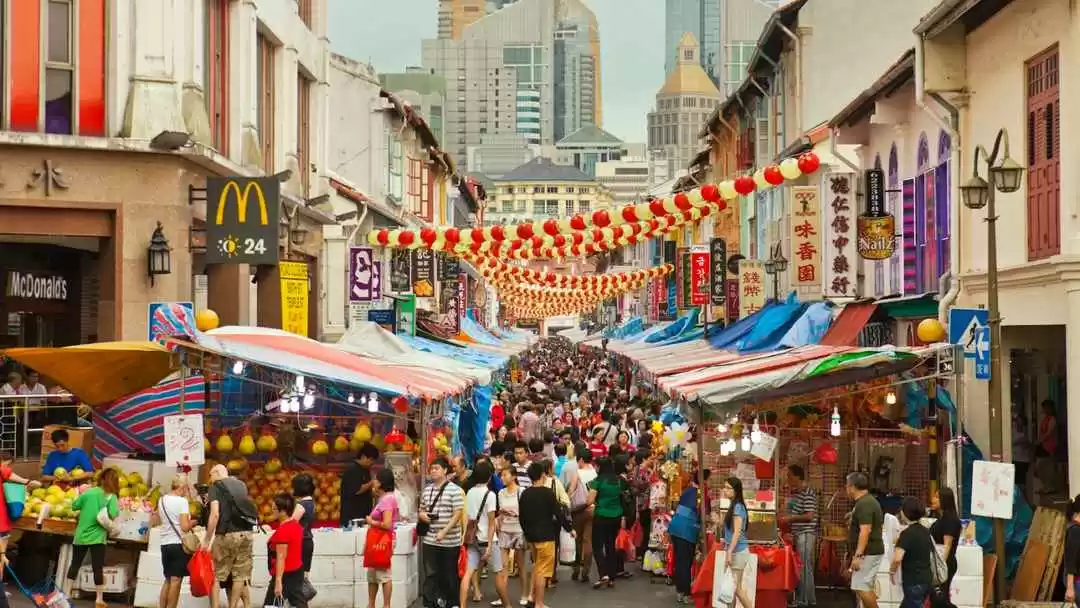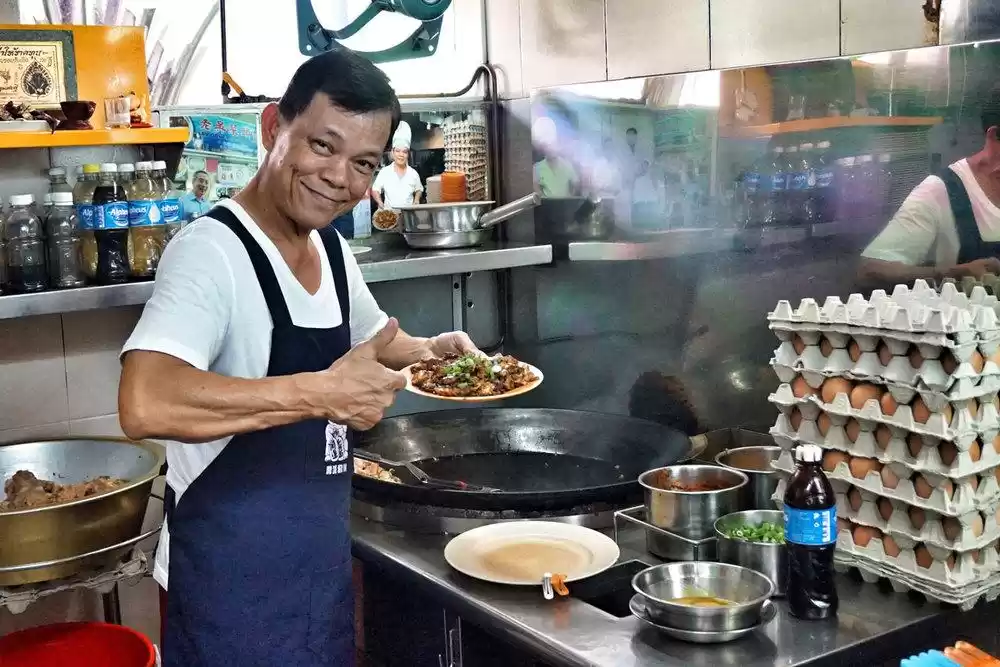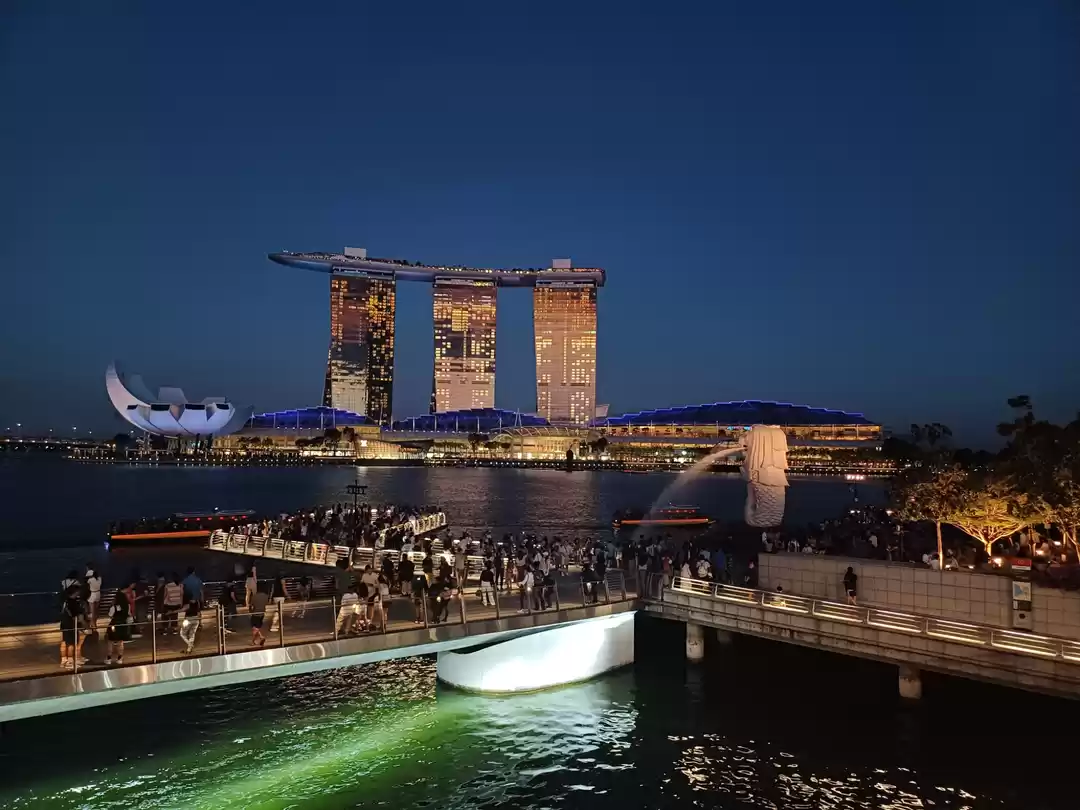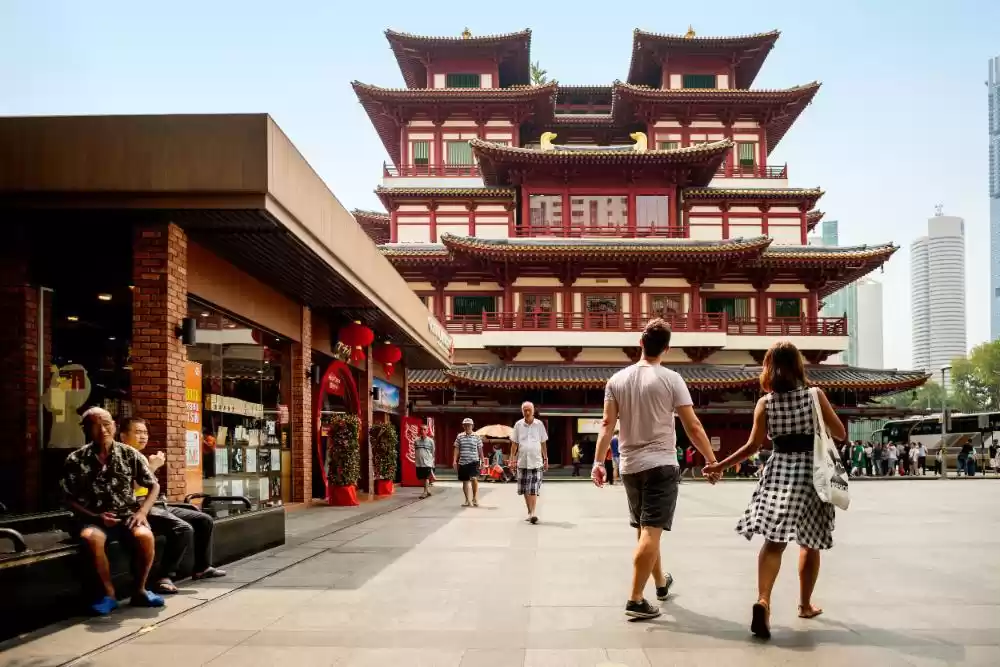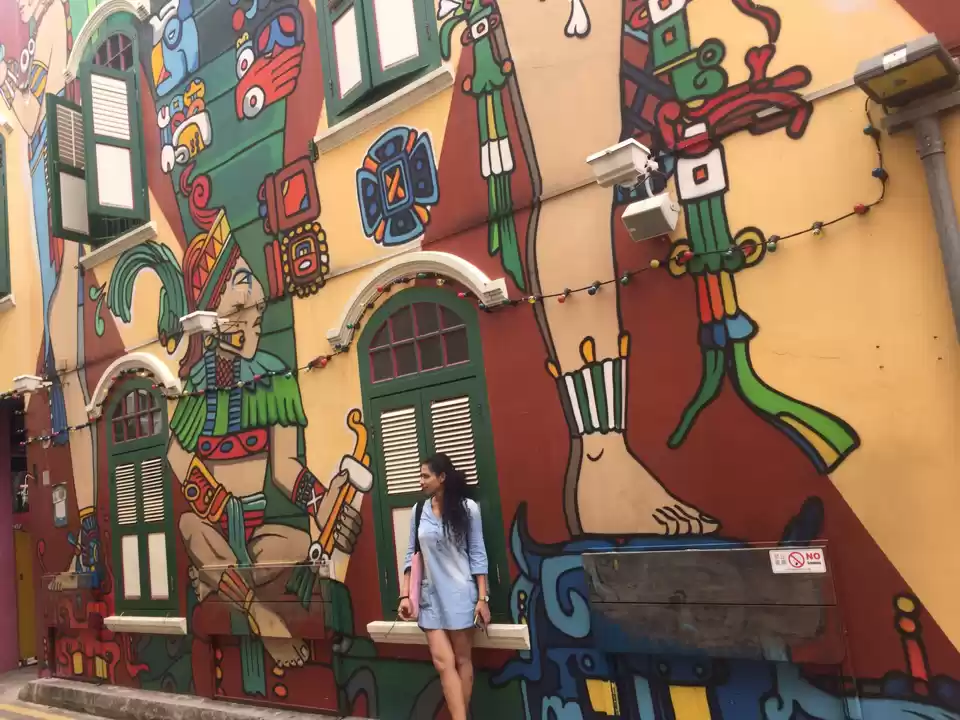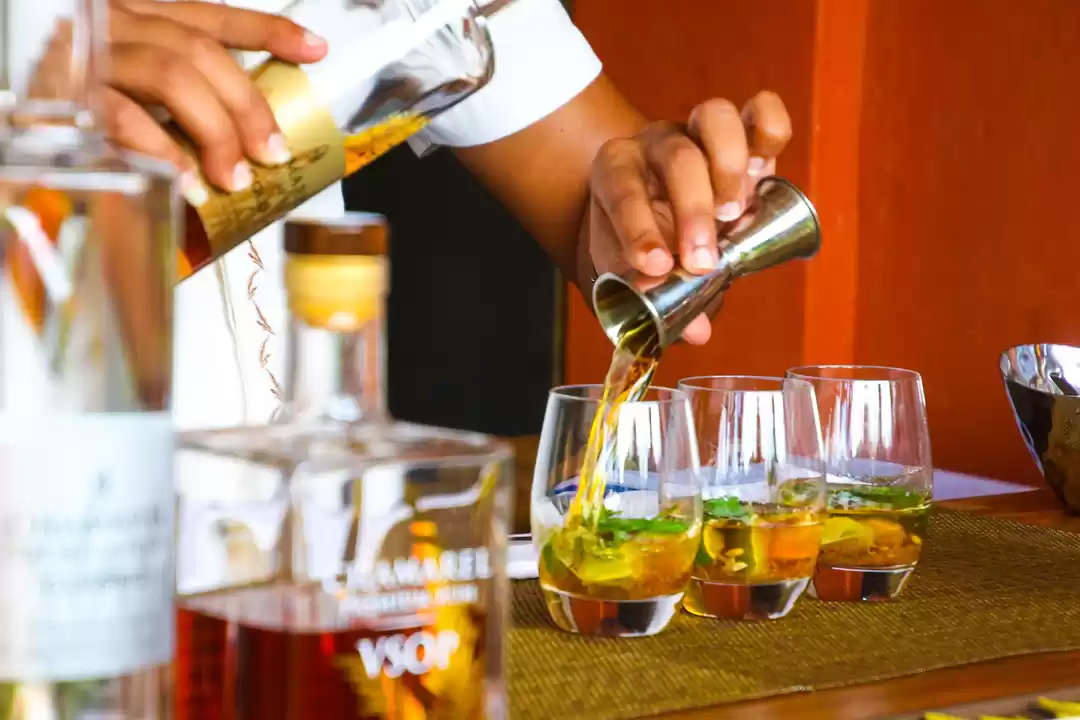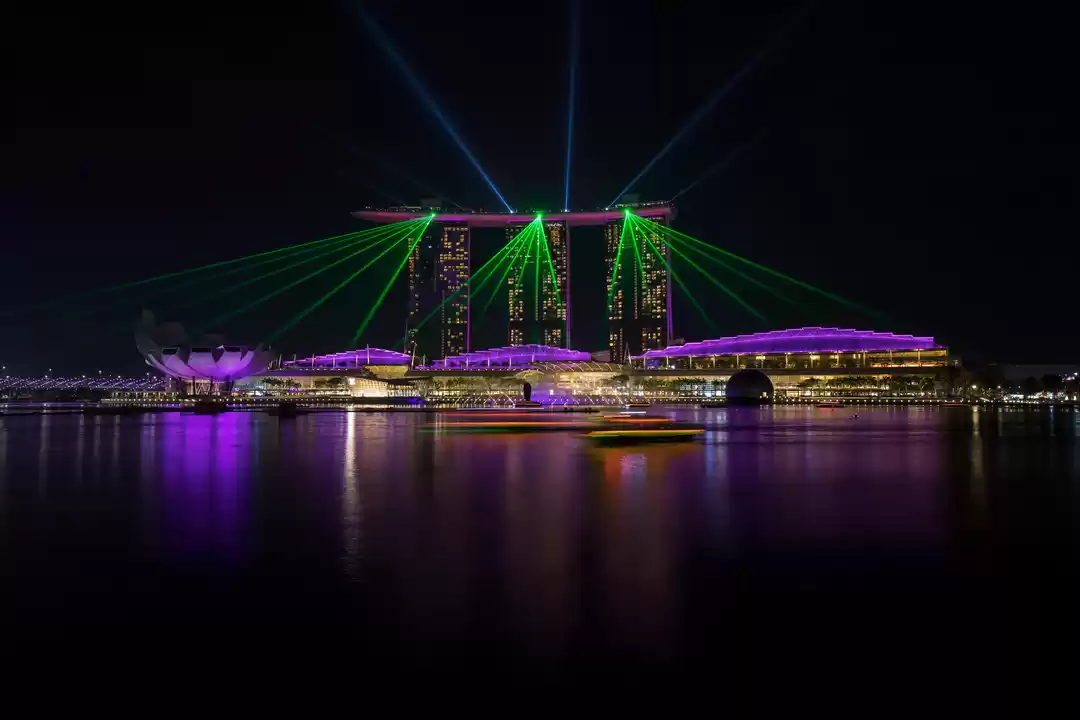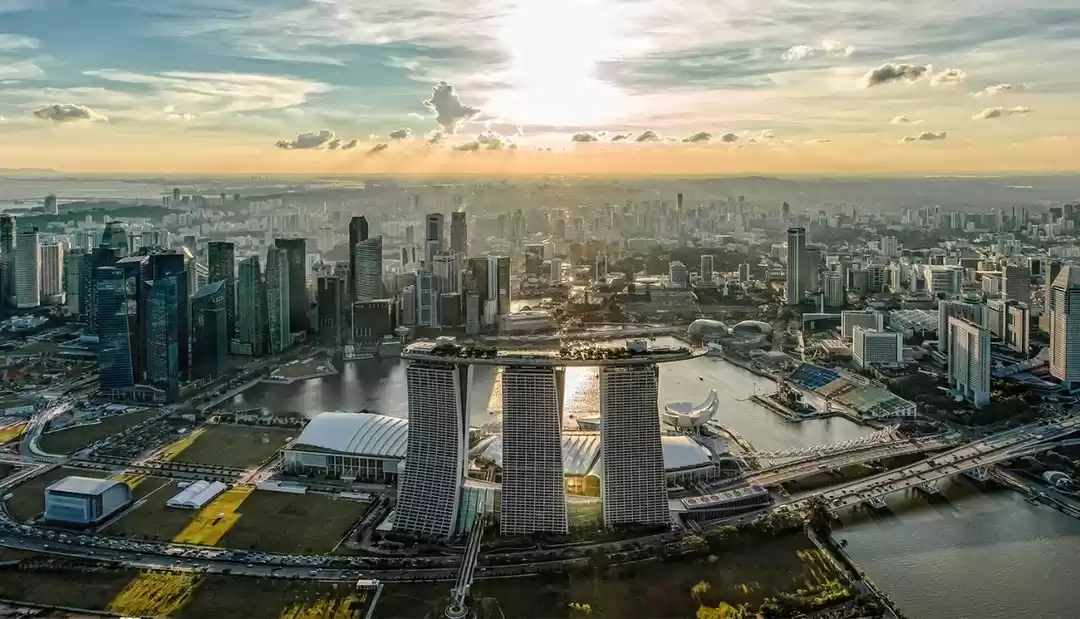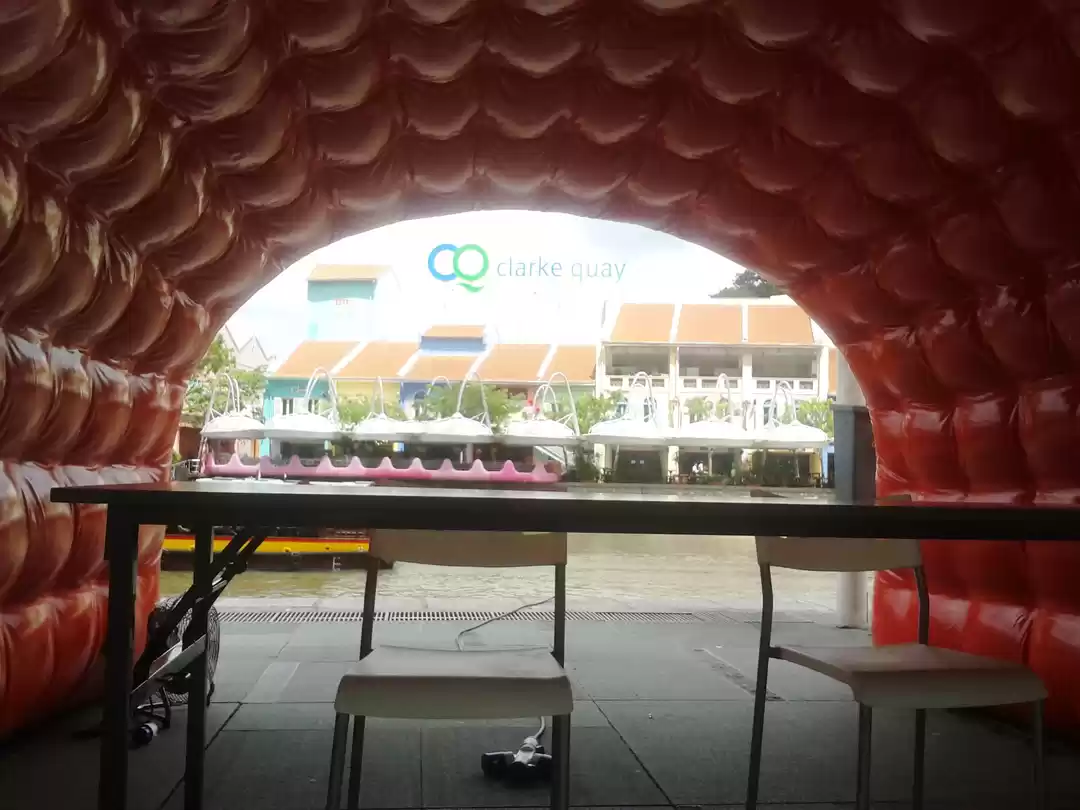Singapore River is more than just a body of water. It is the lifeline of the nation, the witness of its history, and the showcase of its culture. Whether you want to explore the colonial past, enjoy the modern skyline, or experience the vibrant nightlife, Singapore River has something for everyone. In this article, we will guide you through the best ways to explore the river, the landmarks and attractions along its banks, and the reasons why the river matters to Singapore and its people.
How to Explore the Singapore River
There are many ways to explore the Singapore River, depending on your preferences, budget, and time. You can walk, cycle, or take public transport along the river, and enjoy the sights and sounds at your own pace. However, if you want to get the most out of your river adventure, we recommend taking a riverboat tour from Clarke Quay. This is the best way to experience the river as it was in the past, when it was bustling with trade and commerce.
A riverboat tour will take you on a scenic journey along the river, from the mouth to the upper reaches. You will see the contrast between the old and the new, the colonial and the contemporary, and the natural and the artificial. You will also learn about the history and the stories behind each landmark and attraction, as well as some fun facts and trivia.

To book a riverboat tour, you can visit the ticketing booth at Clarke Quay, or book online through the official website. The price ranges from $15 to $25 per person, depending on the type and duration of the tour. The tours operate daily from 9 am to 11 pm, and last from 30 minutes to an hour. You can choose from different themes and routes, such as the historical tour, the cultural tour, or the night tour.
What to See and Do Along the Singapore River
The Singapore River is divided into three sections: the mouth, the middle, and the upper reaches. Each section has its own charm and attractions, and you can spend a whole day exploring them. Here are some of the highlights of each section:

The Mouth of the River
The mouth of the river is where the river meets the sea, and where the iconic symbol of Singapore, the Merlion, stands. The Merlion is a mythical creature that is half-lion and half-fish, representing the origin and the identity of Singapore. The statue at the mouth of the river is the original and the largest of the five Merlions in Singapore, measuring 8.6 meters tall and weighing 70 tons. You can take a photo with the Merlion, or visit its larger cousin on Sentosa Island, which is 37 meters tall and offers a panoramic view of the city.
Another attraction at the mouth of the river is the Marina Barrage, a dam that creates a freshwater reservoir and prevents flooding. The Marina Barrage also has a rooftop park, a gallery, and a water playground, where you can enjoy the view of the river and the city, learn about the water management of Singapore, or have some fun with water activities.
The Middle of the River
The middle of the river is where the colonial past and the modern present coexist, and where you can see the contrast between the two sides of the river. On the north bank, you will find the historical and cultural landmarks, such as the Anderson and Cavenagh Bridges, the Empress Place, and the Boat Quay. On the south bank, you will find the skyscrapers and the business district, such as the Raffles Place, the Marina Bay Sands, and the Esplanade.
The Anderson and Cavenagh Bridges are two of the oldest and most beautiful bridges in Singapore, dating back to the 19th century. They connect the two sides of the river, and offer a great spot to admire the river and the city. The Cavenagh Bridge leads to the Empress Place, which is named in honor of Queen Victoria, and contains the Victoria Concert Hall, the Victoria Theatre, and the Empress Place building. These are some of the most elegant and impressive colonial buildings in Singapore, and host various cultural and artistic events. You can also find the statues of Stamford Raffles, the founder of Singapore, and the spot where he first landed on the island.
The Boat Quay and the Clarke Quay are two of the most popular and lively areas along the river, especially at night. They were formerly the streets where the sailors and the coolies worked and lived, but now they are transformed into trendy restaurants and bars, offering a variety of cuisines and entertainment. You can dine, drink, dance, or relax at these quays, and enjoy the atmosphere and the view of the river.
The Upper Reaches of the River
The upper reaches of the river are where the natural and the urban landscapes blend, and where you can find some of the most scenic and serene spots along the river. You will encounter the tributaries of the river, such as the Kallang River, the Rochor River, the Geylang River, and the Sungei Serangoon, which have their own history and charm.
The Kallang River is the longest river in Singapore, measuring 10 kilometers long. It originates from the Lower Peirce Reservoir, and flows through the central and eastern parts of the island, before joining the Singapore River. The Kallang River has a rich history, as it was the site of the first airport, the first stadium, and the first industrial estate in Singapore. You can also find some of the landmarks along the river, such as the Kallang Basin, the National Stadium, and the Old Airport Road Food Centre.
The Rochor River is one of the smallest but most famous rivers in Singapore, measuring only 0.8 kilometers long. It originates from the Rochor Canal, and flows through the Little India and the Bugis areas, before joining the Singapore River. The Rochor River has a colorful history, as it was the home of the Malay and Indian communities, and the center of trade and entertainment. You can also find some of the landmarks along the river, such as the Sri Veeramakaliamman Temple, the Abdul Gafoor Mosque, and the Sim Lim Square.
The Geylang River is one of the most important rivers in Singapore, measuring 7.1 kilometers long. It originates from the Geylang Canal, and flows through the eastern part of the island, before joining the Singapore River. The Geylang River has a diverse history, as it was the hub of various industries, such as fishing, farming, and manufacturing. You can also find some of the landmarks along the river, such as the Geylang Serai Market, the Paya Lebar Square, and the Tanjong Katong Complex.
The Sungei Serangoon is one of the most scenic rivers in Singapore, measuring 8 kilometers long. It originates from the Central Catchment Area, and flows through the northeastern part of the island, before joining the Singapore River. The Sungei Serangoon has a tranquil history, as it was the source of freshwater and recreation for the residents. You can also find some of the landmarks along the river, such as the Punggol Park, the Serangoon Reservoir, and the Lorong Halus Wetland.
Why the Singapore River Matters
The Singapore River is not just a river, but a story. It tells the story of how Singapore came to be, how it grew and prospered, and how it faced and overcame its challenges. The Singapore River is the witness of the history and the culture of the nation, and the reflection of its identity and its values.
The Singapore River was the lifeline of the nation, as it was the main artery of trade and commerce for the British colony. It was also the home of the diverse communities that settled along its banks, such as the Chinese, the Malays, the Indians, and the Europeans. The river was the source of livelihood and social interaction for these people, who contributed to the development and the diversity of Singapore.

The Singapore River was also the challenge of the nation, as it suffered from pollution and flooding due to the rapid urbanization and industrialization. The river became a health and environmental hazard, and threatened the quality of life and the economy of Singapore. The river was the target of a massive cleanup and conservation project, which lasted from 1977 to 1987, and involved the relocation of the industries and the residents, the dredging of the water, and the restoration of the landmarks.
The Singapore River is now the pride of the nation, as it showcases the beauty and the progress of Singapore. The river is a tourist attraction, a cultural heritage, and a recreational venue. The river is the symbol of the past, present, and future of Singapore, and how it balances the old and the new, the natural and the artificial, and the local and the global.
Best Time To Visit
The best time to visit Singapore River depends on your preferences and interests. Generally, the months of February to April are the driest and most pleasant, while the months of November to January are the wettest and most humid. If you want to take a riverboat tour, you can do so from 10 am to 9 pm on the weekends, or from 1 pm on the weekdays.
The weekends and the evenings tend to be more crowded, so you may want to avoid them if you prefer a quieter and more relaxing experience. You can also visit the river during the festivals, such as Diwali, Christmas, or Chinese New Year, to enjoy the festive atmosphere and decorations. However, you should also expect higher prices and longer queues during these times.
The Singapore River is a must-see and must-do for anyone who visits Singapore. It is a journey through the heart of the Lion City, where you can discover its history, culture, and attractions. Whether you take a riverboat tour, a walk, or a cycle, you will be amazed by the sights and sounds of the river, and the stories and experiences it offers.
So, what are you waiting for? Book your riverboat tour now, explore more Singapore attractions, or share your Singapore River experience with us. We hope you enjoy your river adventure, and thank you for reading this article.

